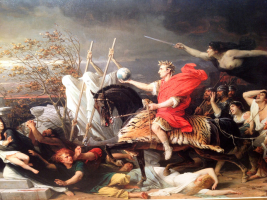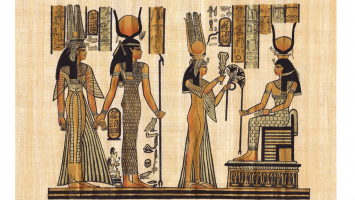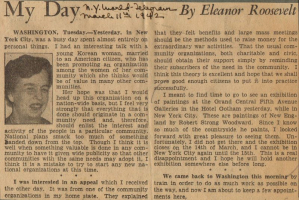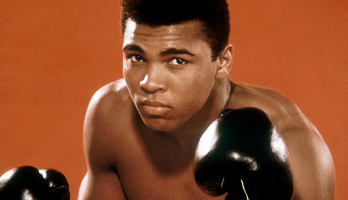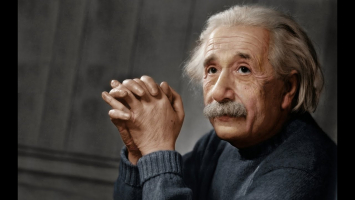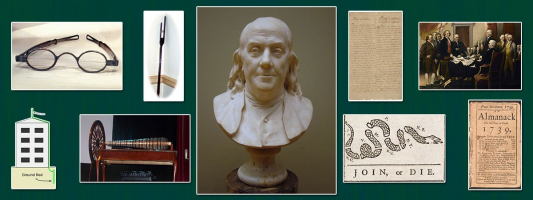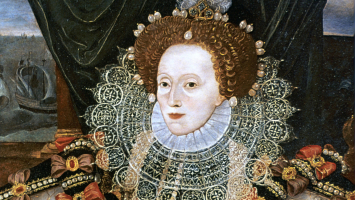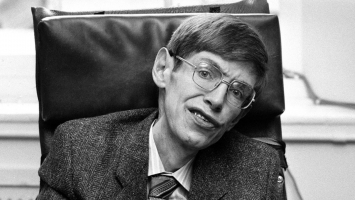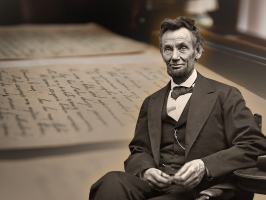Top 7 Major Accomplishments of Charles Darwin
Charles Darwin, an English scientist, is renowned for his groundbreaking book On the Origin of Species, which established the field of evolutionary studies, ... read more...and for developing the theory of natural selection. Both of these works are regarded as major contributions to human history. The top 7 Major Accomplishments of Charles Darwin are listed below.
-
One of more than 100 Royal Navy brig-sloops of the Cherokee class, HMS Beagle had ten guns. On May 11, 1820, the Woolwich Dockyard on the River Thames launched the ship that had been built for £7,803 (approximately equivalent to £664,000 in 2018).
A person who studies natural history is referred to as a naturalist. Natural history is the investigation and study of creatures in their environment. Charles Darwin, a young naturalist, traveled the globe on HMS Beagle's second voyage, which is noteworthy. Charles Darwin jumped at the chance to travel with the HMS Beagle's captain, Robert FitzRoy, as a naturalist during their journey around the globe. Darwin studied plants, animals, fossils, and geological formations on land throughout the majority of the expedition, which lasted from 27 December 1831 to 2 October 1836. The enormous fossils of prehistoric mammals, which were previously only known from a small number of specimens, were one of the significant discoveries he made during the expedition. Darwin became a renowned geologist as a result of his research and observations made while on the expedition.
His findings were crucial in the development of his scientific theories on evolution and natural selection. He became famous after releasing his diary record, which is best known as The Voyage of the Beagle and this is one of the major accomplishments of Charles Darwin.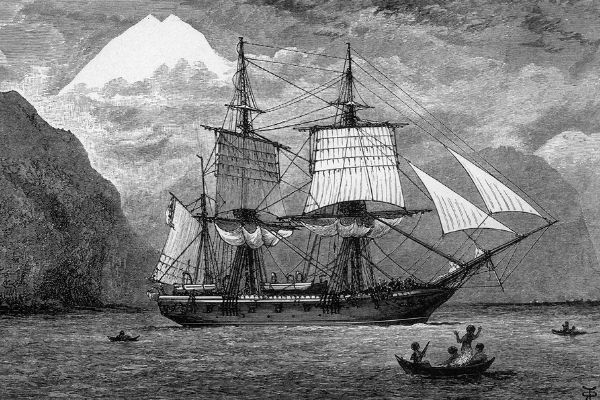
Photo: delphipages.live Video: Kevin Hudson -
In addition to gathering data for his subsequent theory of evolution by natural selection during his journey on the HMS Beagle between 1831 and 1836, Darwin also collected the specimens. Due to the prevalence of shipwrecks on unforeseen reefs during this time, corals were a hot issue. Along with charting the location of coral reefs, Darwin also figured out why particular reefs grew in specific locations, such as next to a body of land or separated from it by a body of ocean, like the Great Barrier Reef. Darwin may have been on a pioneering expedition, gathering samples from many settings, but he didn't want to get his hands dirty. He leaped along the coral reef's edge while holding a long pole.
Darwin also put up a theory explaining how atolls, or isolated rings of coral reefs, came to be. He proposed that they first developed around dormant volcanoes that submerged into the ocean, leaving the reef as a solitary circle.
Darwin had read Charles Lyell's Principles of Geology, which proposed that the earth's crust gradually rose and fell. Darwin was persuaded by Lyell's theory when he discovered marine shells forty feet above sea level on his H.M.S. Beagle voyage. At the time, scientists were baffled by how coral reefs and atolls formed. Darwin proposed that the uplift and subsidence of sizable portions of the Earth's crust beneath the oceans may account for the diverse kinds of coral reefs and atolls. Modern research has since validated his theory. In his 1842 monograph The Structure and Distribution of Coral Reefs, Darwin made his idea public. For this monograph and his eight years of research on barnacles, Darwin received the Royal Medal from the Royal Society in 1853.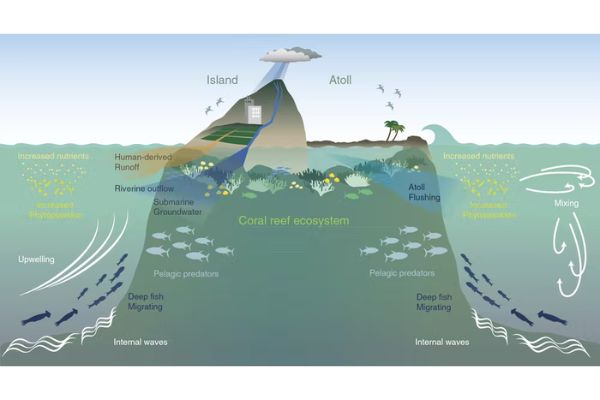
Photo: theconversation.com Video: Snow Mountain -
The most popular name for the book Charles Darwin wrote and published in 1839 as his Journal and Remarks, which earned him a great deal of acclaim, is The Voyage of the Beagle. This is also one of the major accomplishments of Charles Darwin. The additional volumes of this work, The Narrative of the Voyages of H.M. Ships Adventure and Beagle, were written or edited by the ship's captains. Darwin's participation in the second survey mission of the ship HMS Beagle is covered in his journal and remarks. Due to Darwin's account's popularity, the publisher later reprinted it in 1839 as Darwin's Journal of Researches; the edited second edition was published under this name in 1845. The title The Voyage of the "Beagle," by which it is now most famous, was added to the book in a 1905 republication.
Captain Robert FitzRoy piloted the Beagle as it set out from Plymouth Sound on December 27, 1831. Beagle did not return until 2 October 1836, nearly five years beyond the expedition's initial two-year projection. The majority of this time was spent on land by Darwin (three years and three months on land; 18 months at sea). Written at a period when Western Europeans were traveling and mapping the whole planet, the book is both a vivid travel narrative and a thorough scientific field journal covering biology, geology, and anthropology that exhibits Darwin's great abilities of observation. Although Darwin visited several places again while on the journey, the chapters of the book are organized by location references rather than chronological sequence for clarity. It served as both a thorough scientific field journal and a vibrant and fascinating account of Darwin's travels. It earned Darwin a great deal of respect and reputation and is still published today.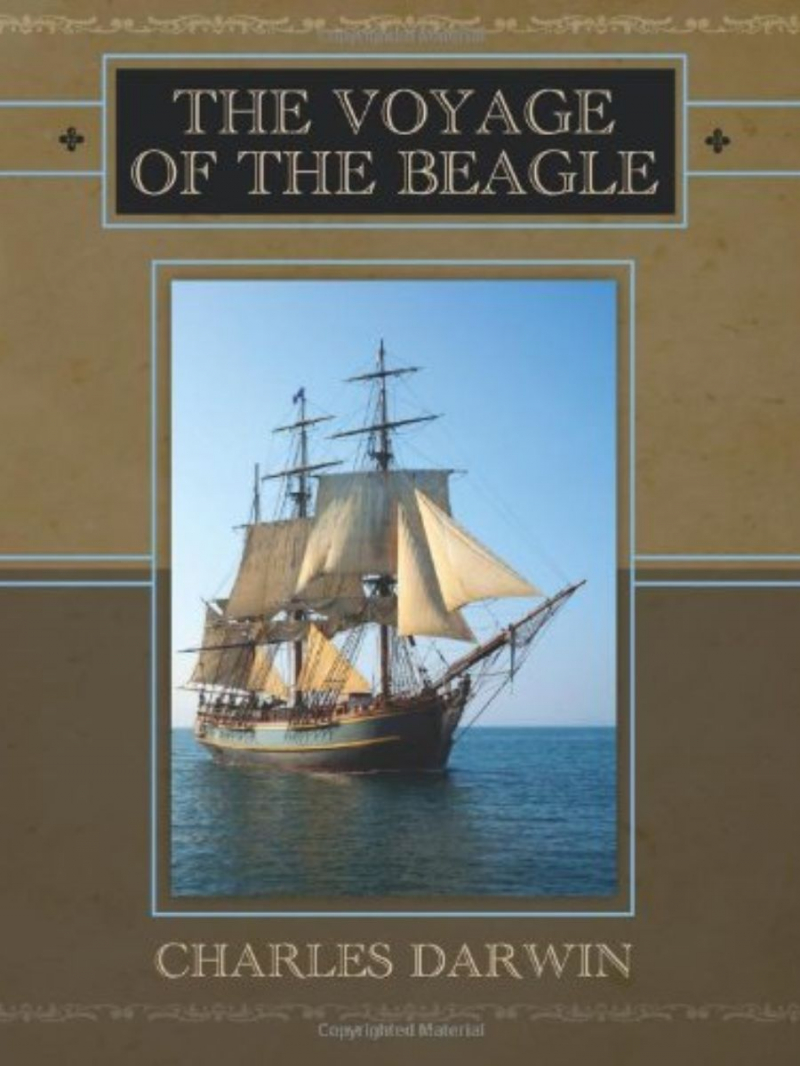
Photo: amazon.com 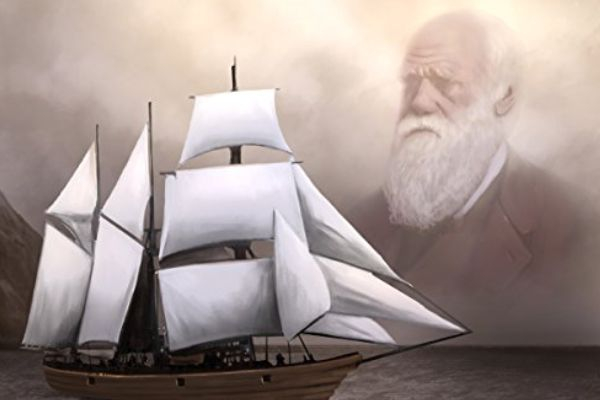
Photo: amazon.com -
Darwin saw commonalities among species with differences dependent on specific places while exposed to life all across the world throughout the voyage. He read English economist Thomas Malthus' Essay on the Principle of Population in September 1838. Malthus claimed that while food output develops arithmetically, the population expands geometrically. He also discussed how some members of society were able to live under challenging circumstances. Darwin understood that rising populations would result in competition for resources and the eradication of the unfit. A process by which species choose advantageous features in their struggle for existence, he adapted the concept to nature and named his modified Malthusian mechanism "natural selection."
He developed his career as a geologist and writer while also developing his idea that natural selection is the driving force behind evolution in September 1838. He worked in solitude to gather evidence and address potential objections. He first expressed his thoughts in a "pencil sketch" in 1842, followed by an essay in 1844.
Darwin needed time for additional investigation even though he came up with the theory of natural selection in 1838. He was also kept busy with his geological work. British naturalist Alfred Russel Wallace gave Charles Darwin an essay describing the concept of natural selection in 1858, as Darwin was developing his theory. As a result, on July 1, 1858, they jointly presented their scholarly articles, On the Tendency of Species to Form Varieties and on the Perpetuation of Varieties and Species by Natural Means of Selection, to the Linnean Society of London. The Darwin - Wallace hypothesis of evolution by natural selection, the cornerstone of contemporary evolutionary studies, was initially presented in this publication.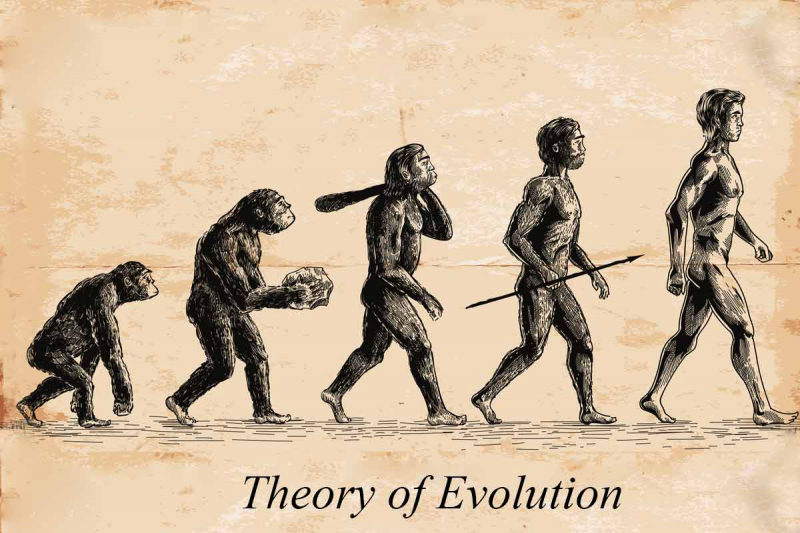
Photo: telgurus.co.uk Video: Chris Mo -
In 1859, Charles Darwin published "On the Origin of Species," which introduced the Theory of Evolution by Natural Selection. According to National Geographic (opens in new tab), Darwin outlines in his book how organisms change over generations through the inheritance of physical or behavioral features. The underlying tenet of the theory is that features can vary within populations, as demonstrated by one of the Galapagos finches Darwin investigated and its beak shape.
Three basic ideas made up Charles Darwin's theory of evolutionary biology: variation among species members occurred randomly; a person's traits might be passed on to their offspring, and only those with advantageous traits would survive due to competition for survival.
Darwin's time was characterized by a prevalent conviction that species either existed at the beginning of time or developed over the course of history and remained unchanged. Furthermore, it was held that humans were different from other creatures and had no connection to them, and that species were stable components of a predetermined hierarchy. The most significant contribution to altering this view and reversing the scientific denial of past theories of species transmutation was made by Darwin. The true relevance of Darwin's findings, meanwhile, was not appreciated until the 1930s and 1940s. His theory of Evolutionary Biology has since evolved into the guiding principle for the life sciences.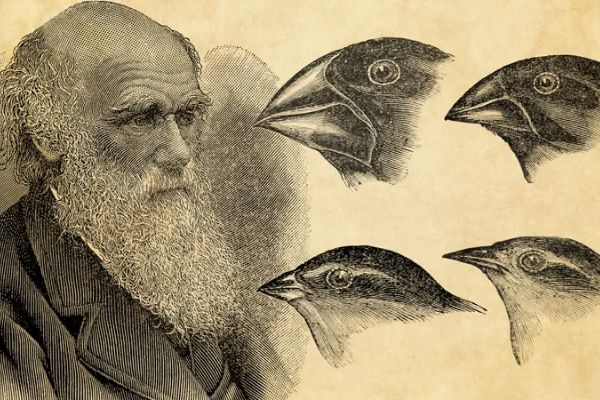
Photo: britannica.com Video: BBC News -
Darwin's studies of plants, especially orchids, gave rise to persistent and reliable evidence in favor of his hypothesis of evolution by natural selection. For example, he found that the contact of an insect's proboscis, which releases spring-loaded pollen, was essential for orchid pollination.
Charles Darwin conducted in-depth and cutting-edge research on plants. Fertilization of Orchids, the first in a series of publications he wrote on the subject, was released in 1862. By describing how intricate ecological interactions led to the coevolution of orchids and insects, it illustrated the potency of natural selection. Despite not being financially successful, it elevated Darwin to the position of a top botanist. The Effects of Cross and Self Fertilization in the Vegetable Kingdom is one of Darwin's other writings on the evolution of plants. It was the first to present resounding experimental evidence in 1876 that inbreeding might have serious adverse effects on progeny. The evolution of plants is one of the major accomplishments of Charles Darwin.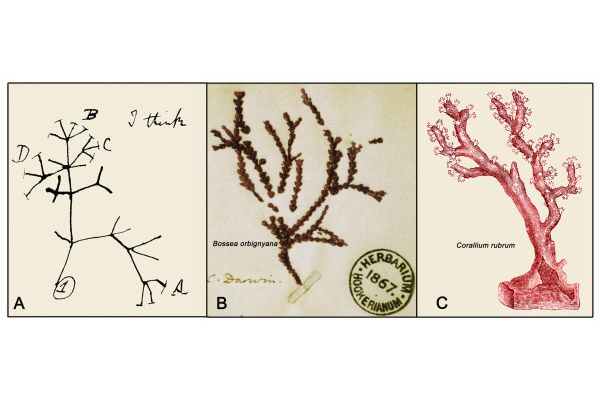
Photo: www.researchgate.net 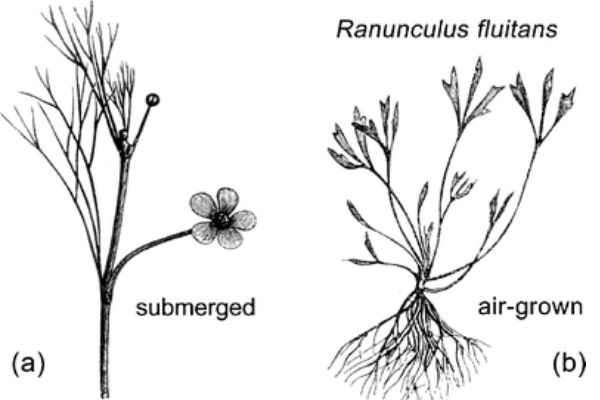
Photo: link.springer.com -
Although Charles Darwin first presented the idea of sexual selection in On the Origin of Species by Means of Natural Selection (1) 150 years ago, The Descent of Man, and Selection in Relation to Sex (2), which was published in 1871, is unquestionably his most influential work on the subject.
Although Darwin's contribution to the theory of sexual selection is what makes The Descent of Man most well-known, the primary objective of the book was to show that evolutionary principles extended to humans and that we descended from an ape-like common ancestor. Darwin considered that a thorough explanation of sexual selection was important because he thought it was crucial to understanding how humans evolved and how different human populations diverged. In spite of the fact that the majority of the book is about sexual selection, many of Darwin's ideas about it are found in his chapters on humans.
In order to explain obvious physical characteristics in animals, such as prominent color, greater size, or eye-catching adornments, it also established the idea of sexual selection. Members of one sex compete with one another to be selected as a sexual partner of the other sex, which causes them to develop particular traits like peacock feathers. Although Darwin's theories on sexual selection were initially viewed with suspicion, by the middle of the twenty-first century, biologists had come to accept them as valid.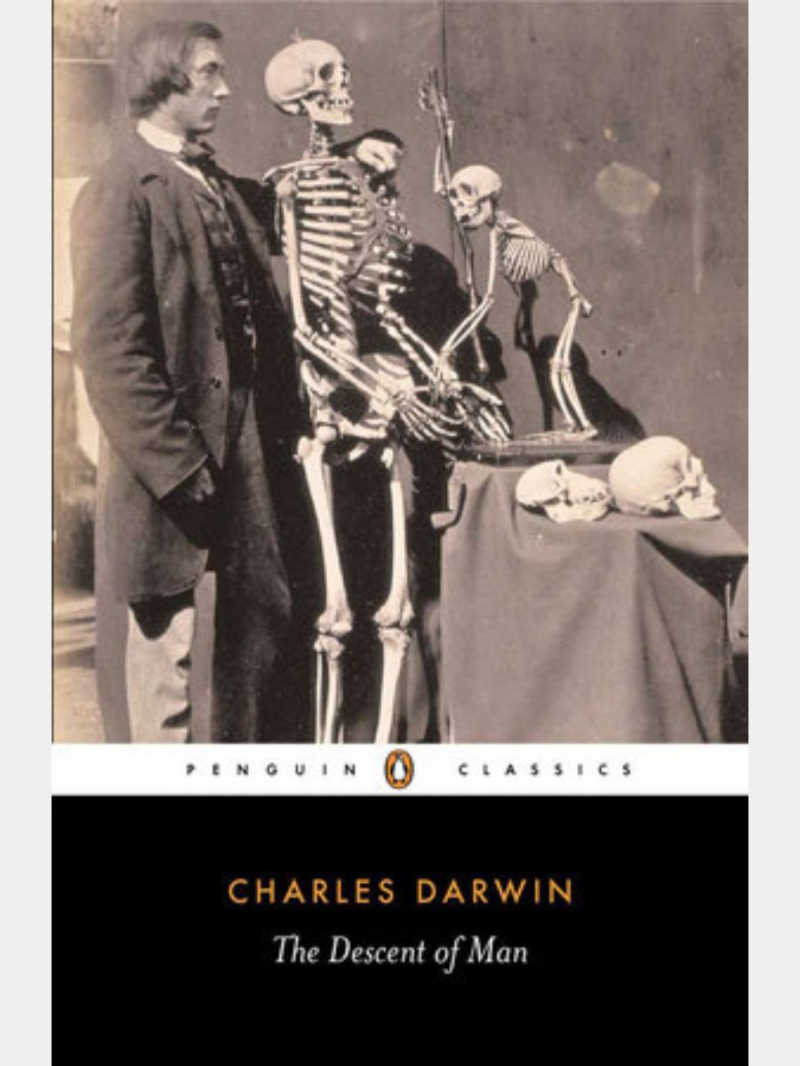
Photo: penguinrandomhouse.com Video: The Black Ponderer










